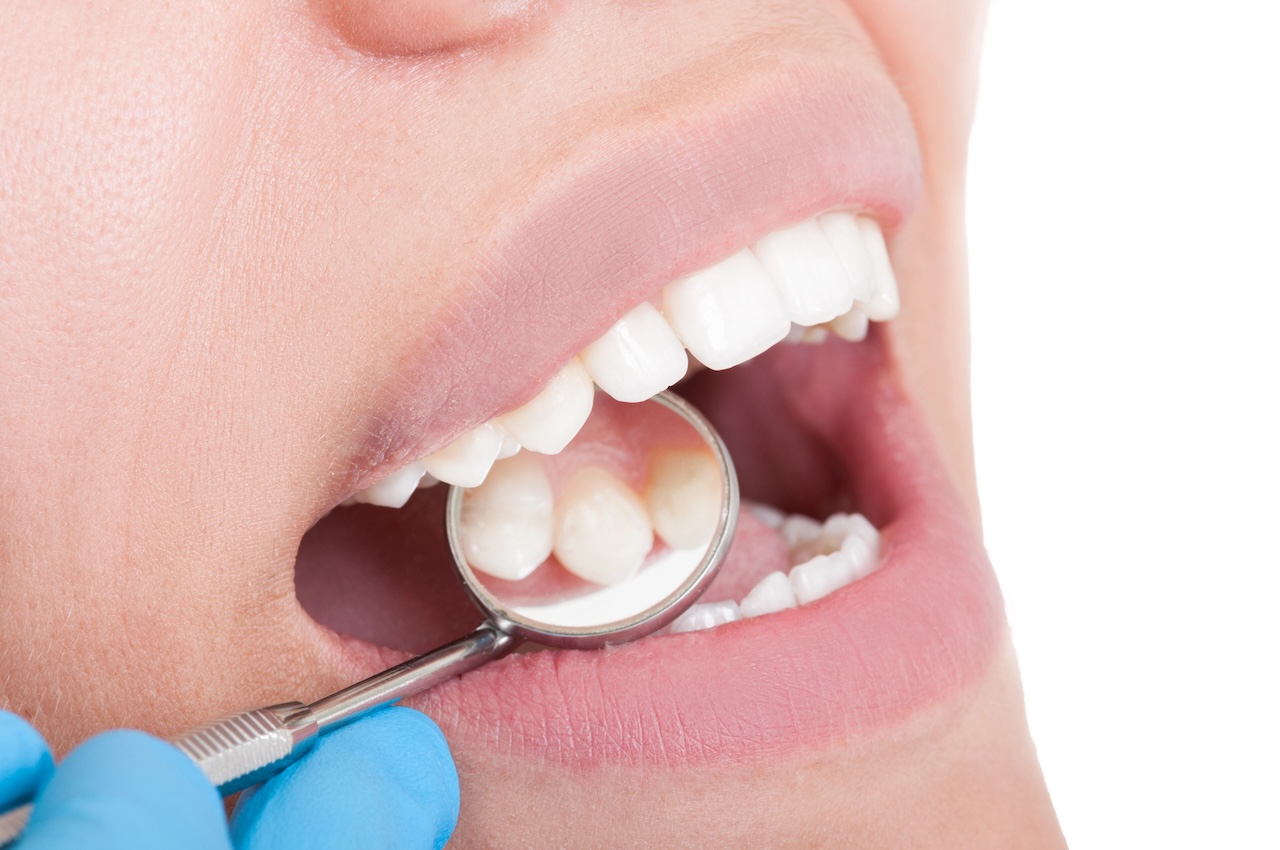Gumline Cavity: What is It?

When a tooth's root contacts the gum line, a cavity known as a gumline cavity or root cavity can form.
Since these cavities typically develop below the gum line, they are not easy to see until they cause serious pain or damage, which further complicates matters.
The best way to deal with gumline cavities is to find out what causes them, look into treatment options and take preventative steps to keep your teeth and gums in healthy condition.
What Is a Gumline Cavity?
Cavities in the gums, also known as dental caries, form when a tooth's root meets the gum line.
As opposed to conventional cavities, which develop on the tooth's enamel, gumline cavities reach the root area, which is less covered by enamel and hence more prone to decay.
If not treated quickly, these cavities—which manifest as softer, decaying areas—can cause severe pain and damage to the tooth.
Causes of Gumline Cavities
Several things can lead to gumline cavities:
The accumulation of plaque along the gum line causes acid erosion of the tooth structure.
When the gums recede, the root becomes exposed, increasing the likelihood of decay in that area.
Inadequate brushing and flossing, along with other forms of poor oral hygiene, leave food and plaque unbrushed, making the teeth more vulnerable to cavities.
A diet high in sugary or acidic foods, coupled with decreased saliva production and dry mouth from certain medical conditions or medications, can increase the risk of gumline cavities by allowing more plaque buildup and reducing the mouth's natural ability to neutralize acids and repair tooth enamel.
Can You Fix a Cavity at the Gum Line?
The successful treatment of gumline cavities is possible with early detection and treatment. To assess the level of decay, a dentist will look inside the cavity, which may involve the use of X-rays.
To fix a tooth that has decay, the dentist will remove the affected area and then fill the hole with dental amalgam or composite resin.
It is critical to address any underlying concerns, such as gum recession, to prevent future cavities. The continued health of the treated area and the detection of any new problems require regular follow-up visits.

How to Prevent Gumline Cavities
To avoid gumline cavities, it's important to practice good oral hygiene and deal with the underlying causes.
Brushing your teeth with fluoride toothpaste twice a day will help remove plaque and food particles from your teeth.
For optimal oral hygiene, many dentists recommend using an interdental brush and flossing daily to clean in between teeth and under the gum line.
Regular dental cleanings by a dentist can help eliminate tartar that regular brushing cannot. It's also crucial to limit sugary and acidic food consumption, get regular fluoride treatments and not smoke.
Conclusion
Because of their location and the conditions that lead to their development, gumline cavities are a major dental problem.
Keeping one's teeth and gums healthy requires knowledge of these conditions, including what causes them and how to treat them.
Good preventative practices, such as brushing your teeth twice a day and seeing your dentist regularly, can help keep gumline cavities under control.